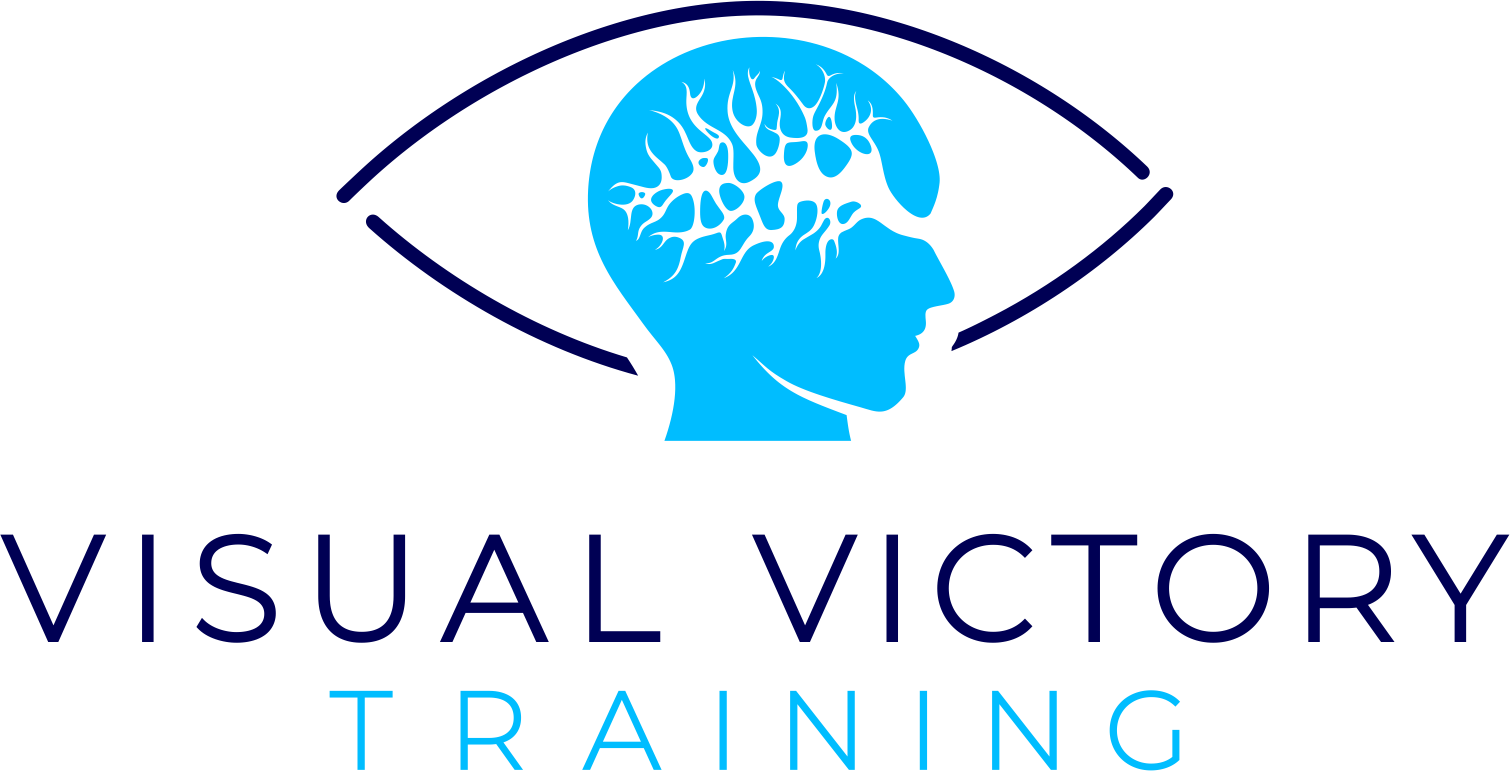
“Lazy Eye” is a term commonly used to describe both Amblyopia and Strabismus (Eye Turn).
Amblyopia means “dull sight” and refers to a condition whereby one eye sees poorly and is effectively blocked out by the visual system. This can cause an eye turn (or Strabismus) but an eye turn doesn’t always occur.
Most parents assume that because their child can see things in the distance that both eyes must be seeing fine. Unfortunately this is not always the case. Actually they may be using only one eye, while the other eye may not even be functioning properly. Parents often ask: “but wouldn’t my child know this?” A child may not be aware of this, because they think that this is the way that everyone sees. Since they are still able to see out of one eye, they don’t even know to complain!
request an appointmentThis is why it is essential that all children have a comprehensive vision exam before they begin school or as early in the school year as possible.

Childhood Signs of Amblyopia
“Lazy Eye,” or Amblyopia, is easy to miss because there are very few symptoms.
Lazy Eye means that the eye sees poorly, even with eyeglasses. Usually when parents see an eye that doesn’t seem to line up correctly they think that is a “lazy eye.” In fact, that is a condition called an eye turn, or Strabismus. It is important for parents to understand that while amblyopia and strabismus often occur together, you won’t always see an eye wander off when your child has amblyopia.
Some early childhood symptoms that might indicate that there is a problem include:
- Difficulty in catching or hitting a ball.
- Difficulty seeing 3D movies.
Being able to see 3D is not just a fun thing to do in the movies, it is important for everyday life.As an example, we use 3 dimensional vision to:- ride a bicycle
- walk down stairs
- play sports
- and for all activities that require eye-hand coordination.
- Clumsy: If your child always knocks over the milk at the dinner table, is clumsy or has sloppy handwriting, these could also be signs of a vision problem.
Content Provided by Bristol Communications
